Ever wondered why you feel calm in a blue room or energized in a red one? It’s not just a coincidence. It’s color psychology at work! This powerful tool can dramatically affect moods, feelings, and even behaviors. It is a topic often talked about on home improvement blogs like myinteriorpalace.com because it really affects you and your life.
In this article, you’ll discover how to use color psychology in interior design. We’ll delve into the different emotions each color can evoke and how to strategically use them in your spaces.
The Basics of Color Psychology
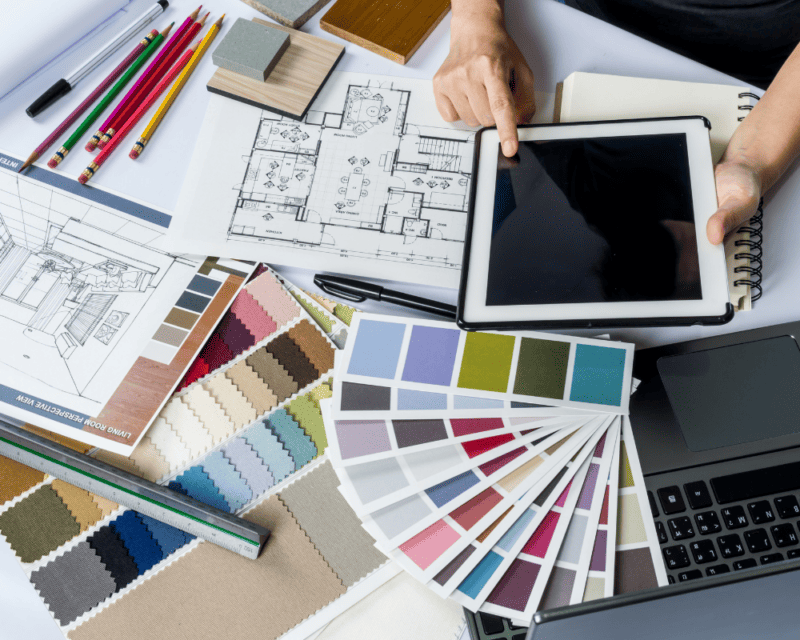
What’ll be addressed first are the fundamentals of color psychology. Essentially, it’s a branch of the larger field of psychology, dedicating its study to the effect colors have on human behavior and feelings. It’s much more than associating red with love or blue with calmness – it dives into the subconscious effects of colors on the mind. A better comprehension of color psychology allows you to tailor your space to exude the emotions or mood you desire. That’s how integral knowing how to use color psychology is in interior design.
How Different Colors Affect Mood and Emotions
Every color has an aspect to play in evoking different emotions and moods. It’s said that red tends to incite feelings of passion and intensity while blue cools the environment, fostering a calm and relaxing atmosphere. Yellow, resembling the sun, can promote happiness and enthusiasm but should be used sparingly to avoid overwhelming the space.
Balancing Warm and Cool Colors in a Space
Finding the perfect balance between warm and cool shades is a quintessential part of incorporating color psychology into your design. Knowing when to make a room cozy with warmer tones or adding cool hues for a serene environment is an art in itself. But remember, maintaining a balance prevents the room from tilting too much towards a specific emotion. It should be a soothing blend that caters to all your emotional needs.
Applying Color Psychology in Different Rooms
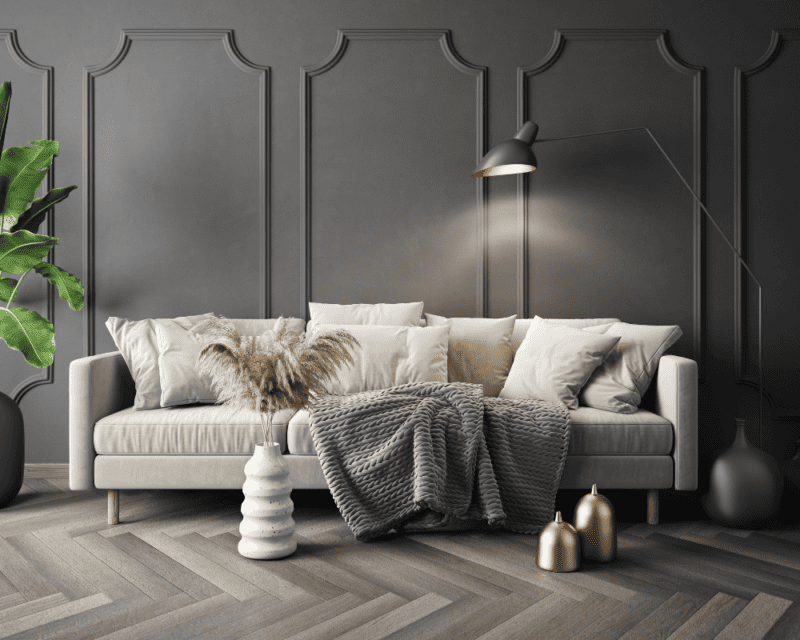
After understanding the basics of color psychology and its importance in interior design, let’s delve into how to use color psychology for different rooms in a house.
Living Room
The living room is often the first room that guests see, hence it’s ideal here to make a strong impression and evoke welcoming feelings. Warm, earthy tones like browns and beiges, or energetic hues like oranges and yellows can create a cosy, welcoming atmosphere. If you prefer a more calming ambiance, light blue or sage green also work wonders. Remember, balance is key – incorporating a mix of warm and cool colors can help achieve a harmonious overall effect.
Bedroom
Your bedroom is your sanctuary – a place where you retire after a long day to relax and rejuvenate. Therefore, cool colors promoting serenity are most suited here. Feeling indecisive? You can’t go wrong with blues and greens! Utilizing different shades of the same color can generate a sense of calm and relaxation. Avoid vibrant, energetic colors like red and orange, as they can keep you alert – the complete opposite of what a bedroom calls for.
Kitchen
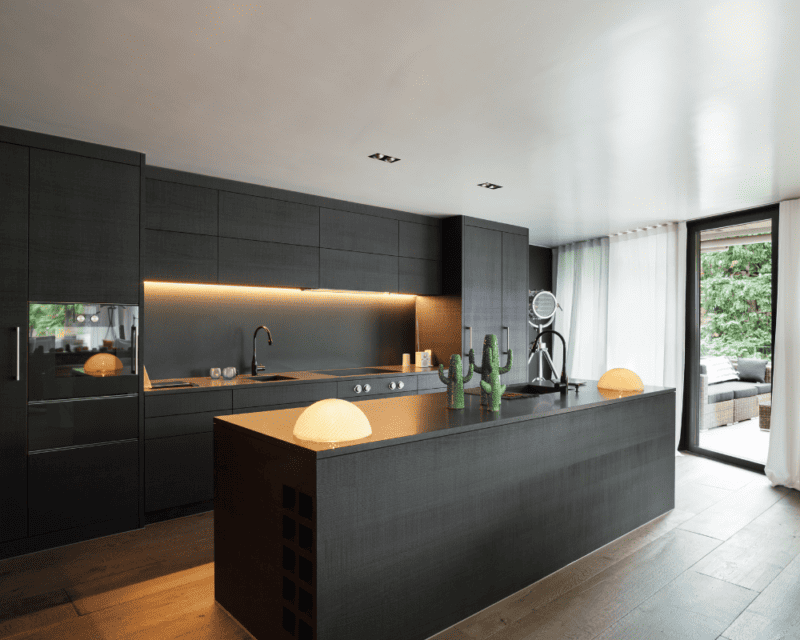
Often considered the heart of the home, kitchens need a color palette that’s fresh and inviting. Reds and yellows are popular choices as they stimulate appetite and encourage conversation. However, don’t skip the opportunity to think outside the box – a touch of green or blue may provide a sense of freshness and cleanliness. Natural light also plays a crucial role – for kitchens with less sunlight, warmer hues can help lighten up the space.
Bathroom
Bathrooms are all about refreshment and cleanliness, which makes light, cool colors a safe bet. Think pale blues, mint greens, or even a creamy white. These colors can help achieve a clean and fresh aesthetic, while also creating a tranquil, spa-like atmosphere. Beware of overdoing darker shades, though – they might make your bathroom feel smaller than it is.
Creating a Color Scheme for Your Space
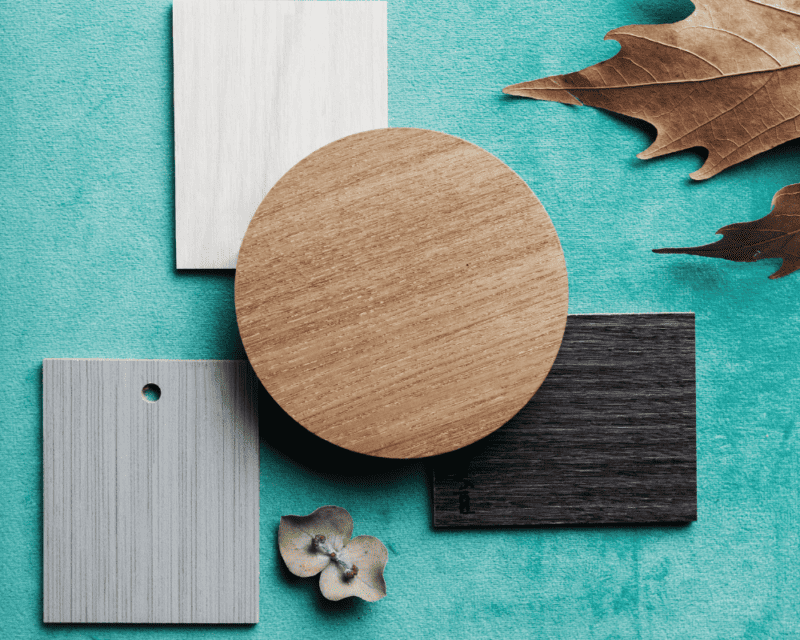
As you delve further into the art of using color psychology in interior design, your next step involves creating an appealing color scheme for your space. This process is not just about choosing colors you fancy, but it’s also about understanding how these colors interact with each other, as well as the feelings they evoke. You’ll need to choose a dominant color, select accent colors, and use neutrals for balance.
Choosing a Dominant Color
The first step in this exciting process is to choose the dominant color. It’s the color that takes up the most space and sets the tone of the room. When determining this color, consider the purpose and mood you want to establish in the room. Do you want your living room to be serene and calming, or do you want it to feel invigorating and lively? Let’s say you choose a comforting color like blue for a calming effect. It’s from this point that you’ll start building the rest of your color scheme.
Selecting Accent Colors
Next up are the accent colors. These are used to add depth and interest, contrasting nicely with your dominant color. When it comes to how to use color psychology, accent colors play a critical role because they subtly help to influence the mood without being too overpowering. They can either be complementary (opposite the dominant color on the color wheel) or analogous (next to the dominant color on the color wheel). For example, if you’ve chosen blue as your dominant color, accent colors could be yellows (complementary) or purples and greens (analogous). These choices will add more depth and layers to your interior design.
Using Neutrals for Balance
Lastly, no interior design scheme is complete without the usage of neutral colors. Strategic use of neutrals is critical in achieving a well-balanced and aesthetically pleasing environment. Ranging from shades like white, beige, and gray, they form the backdrop against which all the other colors come alive. Neutrals also allow you to add or switch out accent colors without going through the pain of complete redecoration. For instance, if your accent color is a vibrant yellow, a calming gray neutral could work well to balance it out.
Knowing how to use color psychology in interior design is truly an art form that takes time to perfect. Remember, your space should reflect your style and what feels comfortable. It’s all about creating an environment that appeals to your visual senses and promotes overall well-being. Take the time to consider various color combinations and see how they can enhance your living space.
Conclusion
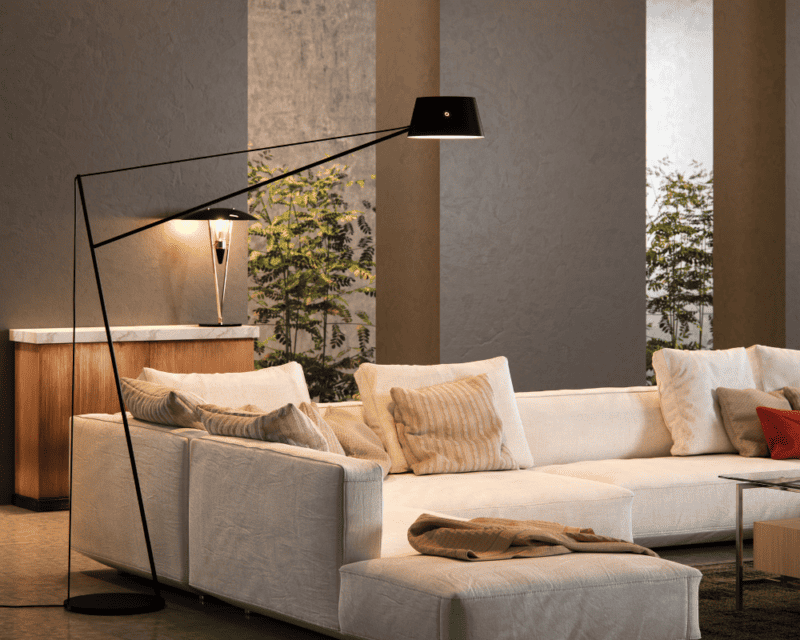
Harnessing the power of color psychology in your interior design isn’t as daunting as it might seem. Remember, it’s all about setting the tone with a dominant color and adding depth with accent hues. Neutrals are your friends, providing balance and a pleasing aesthetic.
Don’t forget about the accessories and decor. They’re key players in your color scheme. From furniture and upholstery to rugs, window treatments, and artwork, these elements can significantly impact the overall mood of your space.
Finally, make sure your color choices are evenly spread throughout the room. This will help create a welcoming and balanced environment. So, use color psychology to transform your space into a haven that reflects your personality and style. You’ve got this!
